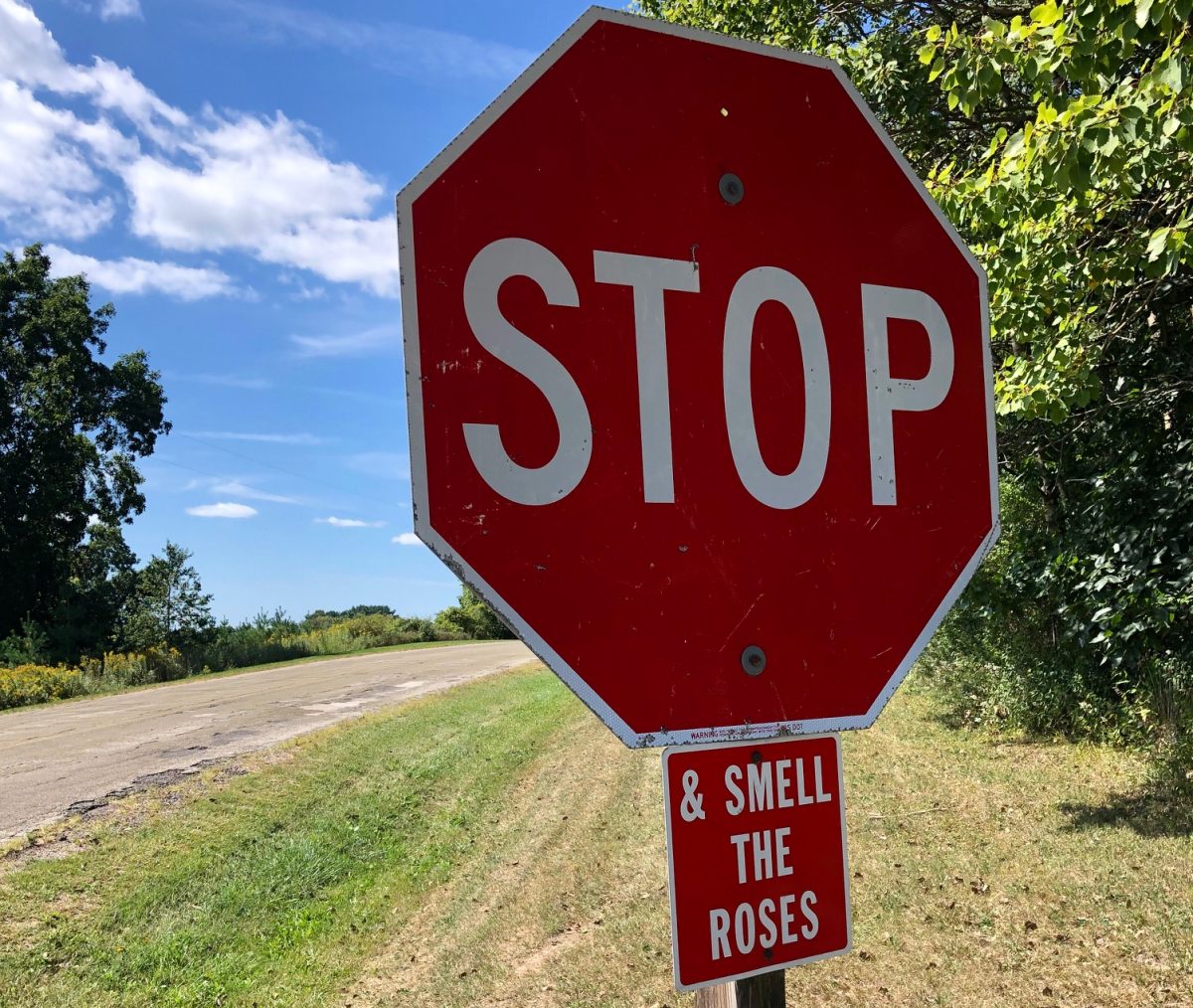Another blogger recommended a book, which got me started on a series of music books. I just finished “Dream in Blue” by Chris Morris, about Los Lobos. If you’ve followed this blog for any length of time, you know I’m a fan.
Los Lobos were kids at Garfield High in East Los Angeles. They were playing in various rock bands until they coalesced around Frank González and began playing traditional Mexican music. Frank left the band before they hit the big time.
They got involved with the LA punk scene via Dave Alvin and The Blasters, from whom they “stole” sax player Steve Berlin, the one guy not from the neighborhood.
I first heard them when my friend David gave me a copy of their EP “And a Time to Dance”. He was a classmate of theirs at Garfield High, and of mine at Immaculate Heart College.
From the EP, they moved on to “How Will the Wolf Survive?” which garnered some national recognition, and followed up with what I consider their masterpiece, “By the Light of the Moon”. An Amazon reviewer called it “rock and roll literature; a serious contender for the best rock album of all time; it is an album, not just a bunch of songs thrown together, nor is it a pretentious ‘concept album’. In the days of trade guilds, a young journeyman put his heart and soul into one project to showcase all of his skills in order to advance from journeyman to master. This is that piece for Los Lobos and why they call it a masterpiece!” Chris Morris (in the book) called it “one of the quintessential albums of the Reagan era…[it] gave the lie to the Reagan administration’s bright, hollow vision for the country.”
They co-wrote (without credit) and performed one song on Paul Simon’s “Graceland” album and were then tapped to perform as Ritchie Valens for the film “La Bamba”. Lou Diamond Phillips played Ritchie except for the musical parts. Ritchie Valens died at age 17 after just a six month recording career. He went down in a plane crash on February 3, 1959, immortalized by Don McLean as “The Day the Music Died”. But well before “American Pie”, Carol Kay and Tommy Dee sang of that day on the ballad “Three Stars”. I grew up with that single. Though I was pretty young in 1959, I knew every word of this song. We had the 45 of The Big Bopper’s “Chantilly Lace” and a couple of sides by Buddy Holly (including “Peggy Sue”). Mostly I remember the posthumously released album “The Buddy Holly Story”, amazingly put together and released in just three weeks (2/28/59).
Lest you think that this is just another Los Lobos entry, here are those three stars.
And since I couldn’t resist, Gary Busey played Buddy in “The Buddy Holly Story” (1978) and did his own singing.
Rather than continue in the vein of the single “La Bamba” (a rock version of an old folk song), they went back to their roots with an all-acoustic rendering of traditional songs, with two originals, for “La Pistola y el Corazón”.
Never ones to rest on their laurels, they launched into a new experimental era. With production by Mitchell Froom and Tchad Blake, using ambient sounds, backward masking, and obscure instruments like the Chamberlin and the Optigan, the new records, starting with Kiko and getting stranger with Colossal Head, often sound muddy to my ears, but definitely take the band in a new direction.
They wrote and performed the score to the Robert Rodriguez film “Desperado”, David Hidalgo and Louis Pérez went on to record as “The Latin Playboys”, César Rosas recorded a solo album, and they were all part of various incarnations of Los Super Seven.
For their 30th anniversary they took the route of The Band for The Last Waltz and called a bunch of friends and influences and performed as back up band to take them all along on “The Ride”. Singers included Little Willie G (Thee Midniters), Dave Alvin (The Blasters), Mavis Staples (The Staples Singers), Tom Waits, Bobby Womack, Ruben Blades, Richard Thompson (Fairport Convention), and Elvis Costello, with Café Tacuba, Garth Hudson (The Band), Lonnie Jordan (War), and Grateful Dead lyricist Robert Hunter.
Fifty years after they first got together under the leadership of Frank González, Los Lobos are still making music and still touring. They count among their influences Mexican and Chicano music (Los Tigres del Norte, Lalo Guerrero), blues (Willie Dixon, Jimmy Reed), punk, rockabilly revivalists (The Blasters), and farther out there (Captain Beefheart). Here is 2021’s “Native Son”.










